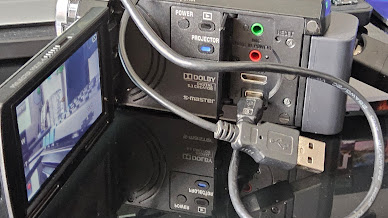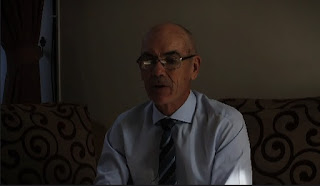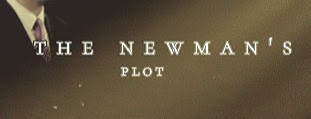*Note: everything written here is directly quoted from Gio, not me.
Self-Reflection: Gio did an amazing job with the video, it feels like something I'd genuinely be interested in watching. Only problem is that it was originally too long, but he cut everything down to something shorter. If we didn't extend the scenes & interviews too long, maybe we could've had a case quality over quantity, but regardless, it's fine as the final product was pretty satisfactory.
For the editing, I used two editing software programs CapCut and Filmora Wondershare. I chose them because they are designed to be accessible and suitable for a basic video editor. I was able to perform basic editing functions such as cutting, trimming, cropping, adding text, adding cool filters and effects, and making basic color adjustments.
I have been using CapCut for a year or so, and Filmora for about 3 years. So, I am pretty much the experienced video editor in my group, which is why I am tasked as an editor; I have full responsibility for the editing process.
Initially, I transferred the recording from the cameras I used using a USB cable. Carrick has his own camera that he used for the interview shoots, he uploaded his recordings to Google Drive, which I had access to and it made it easier for me to download. Following this, I uploaded all video recordings and photos into the editing software, CapCut, which is the primary software I will be using.
This image shows the complete timeline of the documentary, starting from the intro to the outro. This process took approximately half a day (12 hours), and I had to skip a day from school to really lock in and finish the editing.
MAJOR EDITING CHOICES AND METHODS
Color Grading
Firstly, I decided to choose different color grading throughout the documentary to ensue different emotions in certain parts of the documentary. There are 3 main moods I'm trying to produce: warm (hopeful Tones, create connection, and highlight composure), black and white, or extreme desaturation (for a dramatic and contemplative effect), neutral with subtle cool tones (slight hints of blue to introduce an undercurrent of anticipation or to show leadership).
Here are the tools I utilize to create the intended atmosphere:
Filters, Color Adjustments, Lightness Adjustments, Luma curves, and HSL.
I mainly use the combination of filters first and then adjust color and lightness afterward.
Cuts
I decided to use J-cuts and L-cuts, they are generally used as transitions between footage within scenes instead of traditional transition effects like a fade or cross dissolve because they help the viewer keep visual continuity. I like using it because it gives people a buffer, like a cushion to get to the next place, and not make it feel awkward.
L-Cut
The audio from the previous scene continues to the next scene.
J-Cut
The audio from the next scene comes into the current scene before the visuals.
Title screen
I had a dilemma on what the title screen should look like, I couldn't find a good one in CapCut (everything they have looked basic), I tried tweaking it but it didn't like it. I was trying to do something like Netflix, a cinematic-looking title screen with appealing visual effects. So, I went to alternative editing software that I had experienced, which was Filmora Wondershare, and I remember it had good effects and cinematic templates I could use.
By using a chroma key which acts somewhat like a green screen I added the icing to the cake, this makes the perfect visual effect for the outro of the documentary. It looks somewhat cinematic and looked professionally made.
Animation/Effects
I decided to use special effects to create appealing visualizations to better the entertainment and production quality of the documentary. Furthermore, I added animations for the text used, I did this by using the existing animation template provided by CapCut.
Text Animation
I used a feature in CapCut that allows you to modify the audio using a voice changer tool. This allows me to create unique effects and moods in the audio, which helps accentuate the mood or atmosphere I was going for in certain sections of the documentary.


























No comments:
Post a Comment